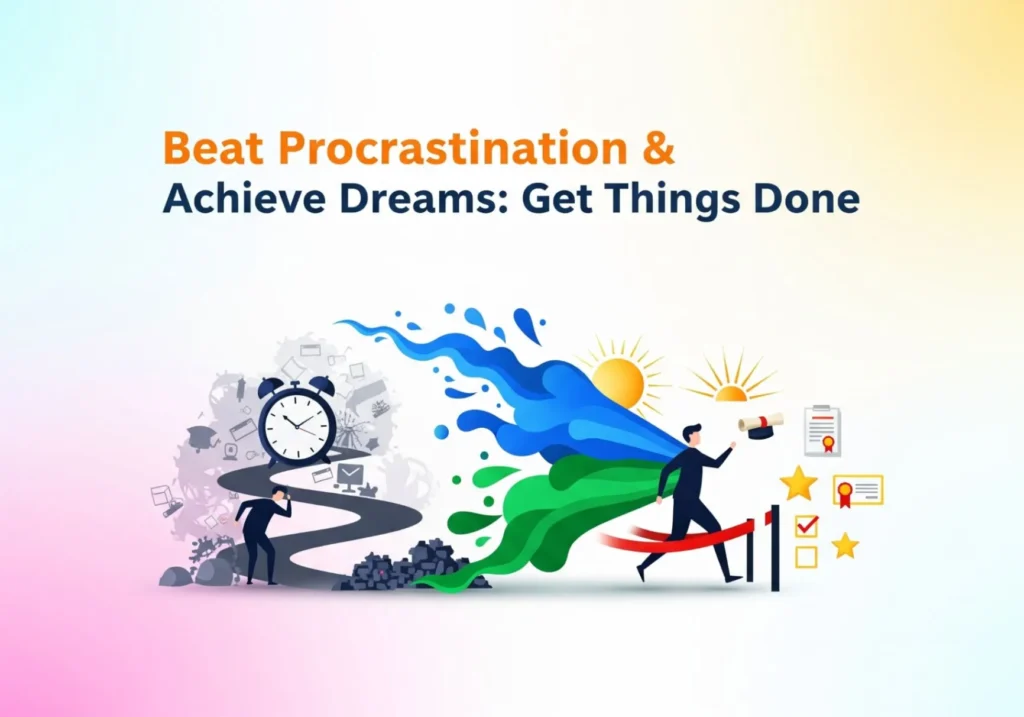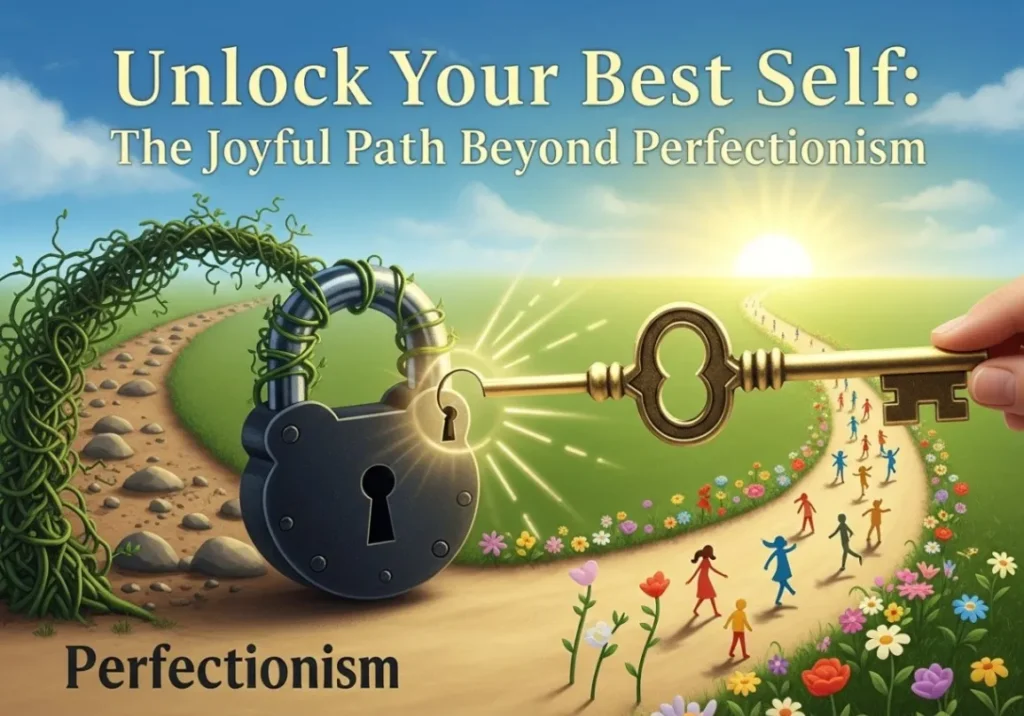The Power of Small Habits: Building Your Best Self, One Micro-Step at a Time

Introduction: The Allure of Grand Transformations (and Why They Often Fail)
We’ve all been there. That surge of motivation hits, and we declare, “This is it! I’m going to completely overhaul my life!” We envision a future self that’s fitter, more productive, and more skilled. But what usually happens a few weeks later? The New Year’s resolution graveyard is littered with the ghosts of abandoned grand plans.
Why this predictable pattern? Because sweeping changes demand an enormous, often unsustainable, amount of willpower. Our brains, wired for efficiency, resist massive shifts, leading to procrastination and burnout. We try to leap a chasm in a single bound, only to fall short.
But what if there was a different way? Enter the transformative concept of small habits. These are tiny, almost laughably easy actions, performed with unwavering consistency, that gradually sculpt us into the person we aspire to be. This article is your guide to understanding and implementing these potent micro-changes to consciously build your best self.
The Science Behind the Small: Why Tiny Habits Pack a Mighty Punch
It might seem counterintuitive that minuscule actions could lead to significant transformations. The magic lies in consistency and the fascinating ways our brains respond to these repeated, low-effort behaviors.

- Neuroplasticity: Rewiring Your Brain. Every time you perform an action, you strengthen the neural pathways associated with it. Small habits, being easy to repeat, build strong, automatic pathways in your brain over time.
- The Compound Effect: Snowballing Results. As Darren Hardy illustrates, small, smart choices compounded over time lead to radically different outcomes. A 1% daily improvement leads to a 37-fold improvement over a year.
- Bypassing Willpower Depletion. Willpower is a finite muscle. Small habits require very little willpower, making them sustainable even on tired or unmotivated days.
- Overcoming Inertia (The Zeigarnik Effect). The hardest part is starting. A habit that takes just two minutes to begin breaks this inertia. Once you start, it’s often easier to continue.
- The Dopamine Loop: Making Progress Feel Good. Completing a small task releases dopamine, a neurotransmitter linked to pleasure and motivation. This satisfying feeling reinforces the behavior, making you want to do it again.
Defining Your “Best Self”: What Are You Building Towards?
Before laying the bricks of your habits, you need a clear blueprint. Your “best self” isn’t a generic template; it’s a deeply personal vision. Take time for self-reflection and ask yourself:
- Qualities & Virtues: What qualities do you admire and wish to cultivate (e.g., compassion, resilience, creativity)?
- Flow & Fulfillment: What activities make you feel truly alive and engaged?
- Ideal Day Visualization: If you woke up as your best self, what would a typical day look like and feel like?
- Impact & Legacy: What contributions do you want to make to the world?
- Values Alignment: What are your deepest core values (e.g., health, learning, integrity)?
Connecting your small habits to this larger vision provides the powerful “why” that fuels your daily actions.
The Architecture of an Effective Small Habit (The 4 Laws)
James Clear’s “Atomic Habits” provides a powerful framework for building good habits.
- Make it Obvious: Use clear cues like time, location, or an existing habit (Habit Stacking) to trigger your new habit. Design your environment to make cues visible.
- Make it Attractive: Pair a habit you need to do with a habit you want to do (Temptation Bundling). Join a culture where your desired behavior is the norm.
- Make it Easy: Use the Two-Minute Rule: scale down your habit so it takes less than two minutes to start. Reduce the friction by preparing what you need in advance.
- Make it Satisfying: Give yourself an immediate reward, like a mental pat on the back or a checkmark on a habit tracker. The goal is to feel successful right away.
Your Small Habits Toolkit: Practical Strategies for Implementation
Knowing the theory is one thing; putting it into practice is another. Here’s a toolkit to help you start and maintain your habits.

- Choose a “Gateway Habit”: Start with one habit that is almost ridiculously easy. The goal is to build an initial track record of success and confidence.
- Use Habit Trackers: The act of marking off a completed habit is satisfying and visually demonstrates your momentum. Use a simple calendar or a dedicated app.
- The “Don’t Break the Chain” Method: For each day you complete your habit, put a big ‘X’ on a wall calendar. After a few days, you’ll have a chain. Your only job is to not break it.
- Practice “If-Then” Planning: Decide in advance how you’ll act. “If it’s 8 AM, then I will meditate for one minute.” This automates your response and reduces reliance on willpower.
- Review and Adjust: Schedule a brief weekly check-in with yourself. What’s working? What isn’t? Be a scientist of your own habits and adapt your strategies as needed.
The Incredible Benefits of Small Habits
When you consistently apply these principles, you will witness transformative, compounding results in every area of your life:
- Health & Fitness: Small daily healthy choices lead to significant weight loss and increased energy.
- Finances: Consistently saving a small amount can lead to massive wealth accumulation.
- Relationships: Small acts of kindness and active listening compound into deeper, more resilient connections.
- Career & Business: Daily skill improvement and delivering more than expected compound into promotions and new opportunities.
- Personal Growth: Regularly reading, journaling, and reflecting compounds into greater self-awareness and confidence.
Conclusion: Start Compounding Your Success Today!
“The Power of Small Habits” is a powerful operating system for living an extraordinary life. It systematically dismantles the myth of instant gratification and replaces it with the undeniable truth: success is earned through consistency in the seemingly insignificant.
There are no secrets, no magic bullets, and no quick fixes. There is only the consistent, disciplined application of fundamental principles over time.
Your current life is a reflection of your compounded choices. If you want different results, start making different choices, no matter how small. Don’t wait for motivation; simply take the first tiny, consistent step. Read one page. Do five push-ups. Save five dollars. The most exciting part? You don’t have to be perfect. You just have to be consistent. Embrace the boring consistency, trust the process, and watch as your small efforts compound into the epic life you truly desire.





Your Turn!
What’s one small, smart choice you’re going to commit to doing consistently, starting today? Share your commitment in the comments below!